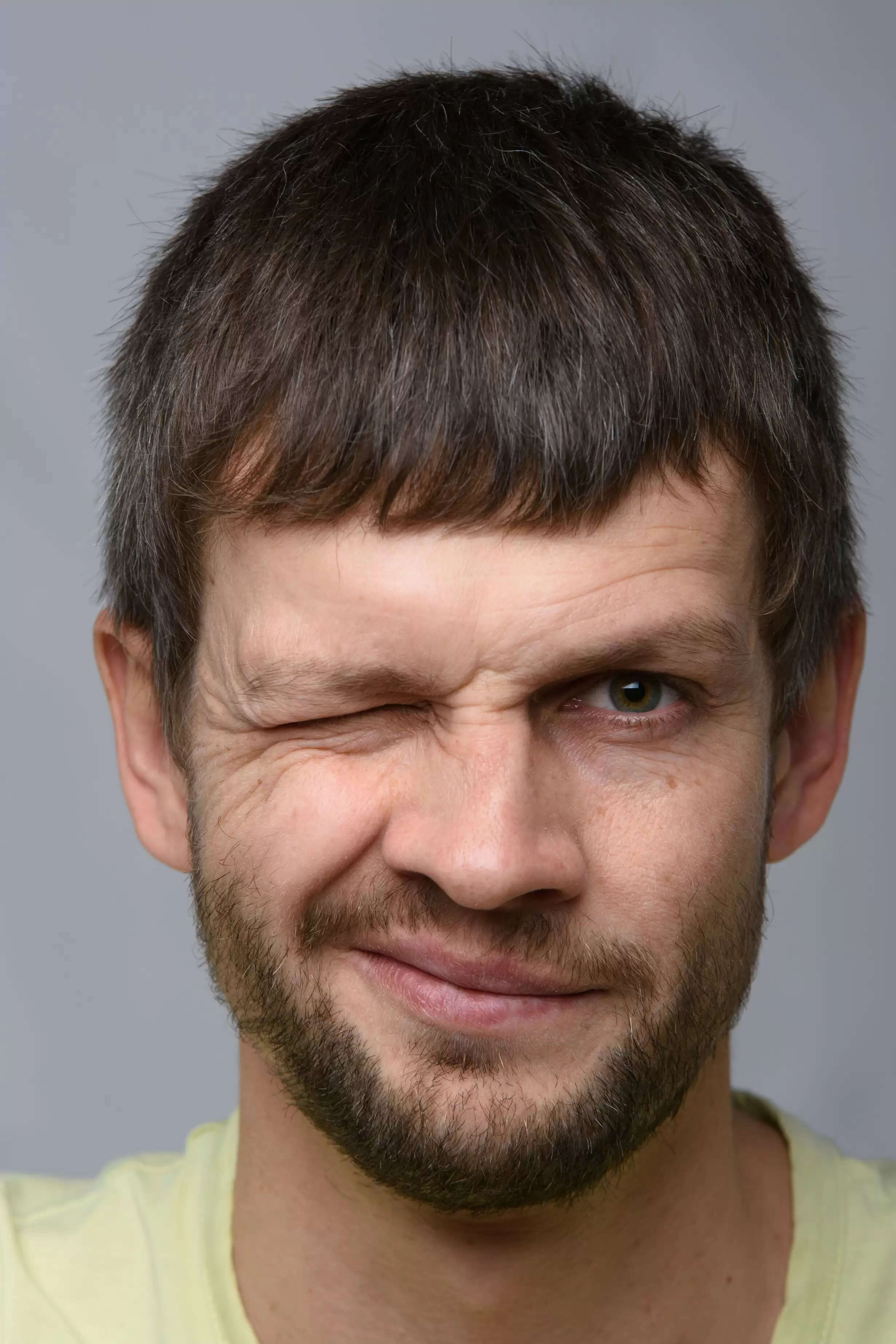Beyond Beauty! Here’s How Blepharospasm Treatment Works
Is Botox a viable treatment method? Read on to learn what Blepharospasm is, its causes, symptoms and risk factors.

A twitching eyelid is medically called Blepharospasm - a combination of the words “blepharal,” meaning eyelid, and “spasm,” meaning an involuntary muscle contraction. Blepharospasm is divided into two types: primary and secondary. Primary blepharospasm does not indicate another underlying health condition but secondary blepharospasm may result from another health condition. Most secondary blepharospasms go away by themselves, often caused by a lack of sleep, excess consumption of caffeine, and strenuous exercise.
It’s the primary blepharospasm that requires medical attention including botox treatment to stop the incessant twitching of one or both eyes. This article focuses on the primary kind: benign, essential blepharospasm which is a rare progressive neurological condition that causes eye twitching in both eyes.
What Is Blepharospasm?
Blepharospasm is a rare progressive neurological condition that is part of a group of movement disorders called dystonia. This results in abnormal twitching movement of eyelids due to forcible involuntary muscle contractions. Nearly 20 percent to 30 percent of affected people tend to have a family history of blepharospasm.
Causes Of Blepharospasm
Besides genetics, other factors that may place some people at high risk of blepharospasm include:
- Neurotransmitter dysregulation
- Structural damage
- Face trauma
- Previous eye disorders
- Parkinson’s disease
- Medications that treat neurological movement conditions (dopamine agonists)
- Medications for treating anxiety and insomnia (benzodiazepines)
- Medication for treating allergies (antihistamines)
- Medications to treat arrhythmia and lower blood pressure (calcium channel blockers)
- Medications for treating bipolar disorder and schizophrenia
What Are The Risk Factors For Blepharospasm?
Studies show that women are more at risk than men for primary blepharospasm, as well as people between the ages of 50 and 70 are also vulnerable. Certain inherited genes such as GNAL, TOR1A, CIZ1, REEP4, and DRD5 are also said to contribute to the development of the disease according to recent research.
Other factors that are linked to essential blepharospasm include:
- Urban lifestyle
- Stressful working environment
- Continuous exposure to a digital screen or long hours of reading
- Mental health problems like obsessive-compulsive disorder, depression, and anxiety
What Are The Symptoms Of Blepharospasm?
Benign essential blepharospasm almost always affects both eyes, says the National Organization for Rare Disorders. Patients in the early stages of blepharospasm will usually experience an increased blinking rate which gets worsened when the person is exposed to wind and pollution, bright lights, fatigue, and emotional stress.
In some cases, the twitching may only occur during the day, and disappear while sleeping. Similarly, many people in the early stages also don’t experience excessive twitching during activities like singing, laughing, yawning, and chewing. However, as the condition progresses, the person may experience symptoms such as:
- Difficulty in keeping the eyes open
- Closure of eyelids for hours at a time
- Functional blindness
- Meige syndrome occurs when the spasms spread to the lower face, mouth, or jaw
- Jaw clenching
- Grimacing
- Tongue protrusion
How Do Doctors Diagnose Blepharospasm?
Since there are no laboratory tests for benign essential blepharospasm, the diagnostic process usually starts with a general physician who checks the medical history and does a physical examination for signs of trauma and structural damage.
If the issue is exclusive to the eye, one is asked to see an eye doctor who scans the eye for potential structural problems, and rules out certain eye disorders. The eye doctor may then refer the patient for further testing to a neurologist who may perform tests like electromyography of muscular activity and a nerve velocity test to measure how quickly electrical information moves through the nerves.
What Is The Treatment?
According to Dr. Debraj Shome, a renowned cosmetic surgeon, botulinum toxin (Botox) injections can manage most cases of benign essential blepharospasm. These injections are made from a toxin produced by Clostridium botulinum bacteria, and they help relax the muscles in the target area. Botox injections can last 2 to 3 months, with the medicine taking effect within a few days.
Some people may experience certain side effects from these injections such as drooping eyelids, blurred vision, double vision, and eye dryness. But these symptoms are usually temporary. In addition, reducing stress and limiting screen time may also help.
Disclaimer: The above content is for informational purposes only and should not be used as a substitute for the advice of a qualified physician or doctor. The Company does not vouch for or endorse any of the above content, and disclaims any and all warranties, express or implied, relating to the same.
.png)